Mycolic acid analysis by high-performance liquid chromatography for identification of Mycobacterium species
- PMID: 11585782
- PMCID: PMC88994
- DOI: 10.1128/CMR.14.4.704-726.2001
Mycolic acid analysis by high-performance liquid chromatography for identification of Mycobacterium species
Abstract
Mycobacterium tuberculosis is the etiologic agent of tuberculosis and can be accurately detected by laboratories using commercial genetic tests. Nontuberculosis mycobacteria (NTM) causing other mycobacterioses can be difficult to identify. The identification processes are confounded by an increasing diversity of newly characterized NTM species. The ubiquitous nature of NTM, combined with their potential to be opportunistic pathogens in immunocompromised as well as nonimmunodeficient patients, further complicates the problem of their identification. Since clinical case management varies depending on the etiologic agent, laboratories must identify the species in a timely manner. However, only a few identification methods can detect the species diversity within the Mycobacterium genus. Over the last decade, high-performance liquid chromatography analysis of the mycolic acids has become an accepted method for identification of mycobacteria. In this review, we assess its development and usefulness as an identification technique for Mycobacterium species.
Figures

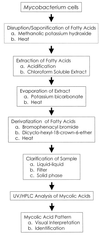
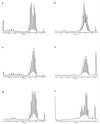

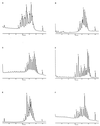



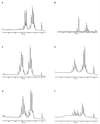




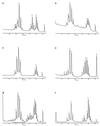



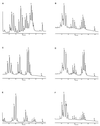


References
-
- Alshamaony L, Goodfellow M, Minnikin D E. Free mycolic acids as criteria in the classification of Nocardia and the “rhodochrous” complex. J Gen Microbiol. 1976;92:188–199. - PubMed
-
- Asselineau J, Lederer E. Structure of the mycolic acids of mycobacteria. Nature (London) 1950;166:782–783. - PubMed
-
- Baba T, Kaneda K, Kusunose E, Kusunose M, Yano I. Thermally adaptive changes of mycolic acids in Mycobacterium smegmatis. J Biochem. 1989;106:81–86. - PubMed
-
- Body B A, Warren N G, Spicer A, Henderson D, Chery M. Use of Gen-Probe and Bactec for rapid isolation and identification of mycobacteria: correlation of probe results with growth index. Am J Clin Pathol. 1990;93:415–420. - PubMed
-
- Borch R F. Separation of long chain fatty acids as phenacyl esters by high pressure liquid chromatography. Anal Chem. 1975;47:2437–2439. - PubMed
Publication types
MeSH terms
Substances
LinkOut - more resources
Full Text Sources
Other Literature Sources
Molecular Biology Databases

